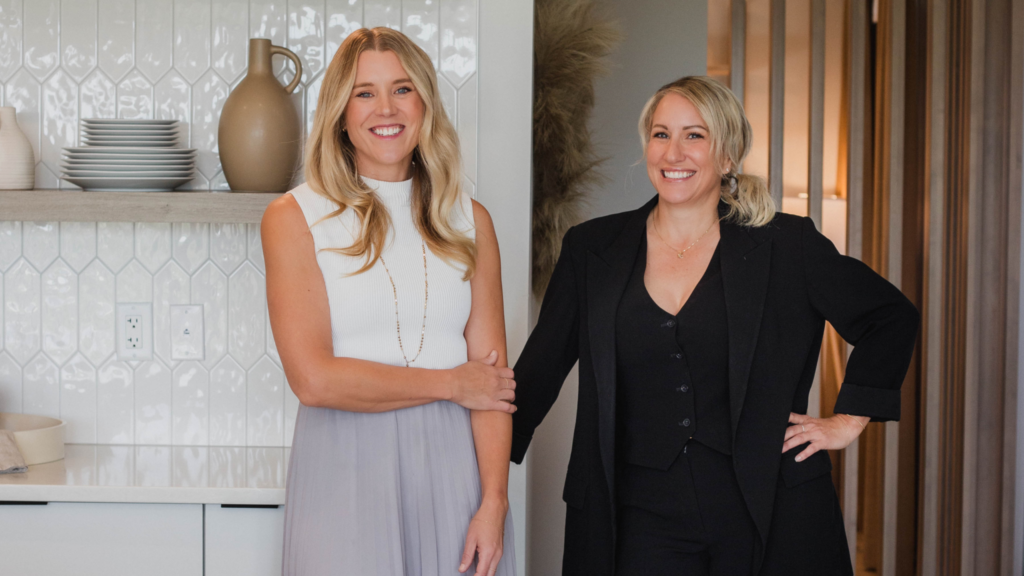Serena Klatt, a 2022 high school graduate from Killam, a small town in east-central Alberta, was initially unsure about her career. Working as an office attendant at Ball Family Dental in 2021, however, sparked her interest in becoming a dental assistant.
Klatt learned about Risio Institute through her employer. Founded in Alberta in 2020, Risio offers remote learning that allows students to pursue dental assisting while keeping their jobs and staying in their communities throughout the 21-month program. Students complete about 21 days of in-person clinical training in Alberta. The institute expanded to Ontario in January, where clinical training lasts 18 days.
This approach worked well for Klatt, who decided to pursue the program after completing a free course from Risio. “I actually did that before I applied to see if it was something I wanted to do.”
Klatt fast-tracked her certificate up to 14 months while working, attending the Calgary campus for clinical training. “I love my job and couldn’t see myself doing anything else,” she said. “The community I live in is wonderful. It’s nice working in a rural area, and I absolutely love it.”
‘Overwhelming national shortage’
Last year, Canadian Dental Association President Lynn Tomkins told Global News there was a shortage of nearly 5,000 dental assistants. This year, Quebec’s Order of Hygienists President Jean-François Lortie reported a shortage of at least 1,400 hygienists. While some urban centres may have enough dental assistants, rural areas face the brunt of province-wide shortages, according to Dr. Salima Dadani of the BC Dental Association.
The gap between rural and urban in access extends to other dental professions, including dentists and hygienists. However, Risio’s approach has proven effective. “The feedback from dentists is overwhelmingly positive,” said Casey Sharp, Co-founder of the Institute and Chief Operating Officer, is the talent behind our creative online e-learning content. “They’re excited to retain and upskill their staff locally, offering a clear career path that fosters loyalty.”
Sharp noted the challenge of attracting people to communities amid an “overwhelming national shortage” of dental assistants. “We encourage looking within your network,” she said.
In Alberta, the institute enrolls 10 students per month, totaling 120 students per year.
So far, students that have graduated and wrote the national board exam are around 140 right now. “So, we have various students that are in the process of completing practicum, and then moving on to write the national exam,” said Carey-Ann Thurlow, Co-founder of the Institute and Chief Executive Officer, is the talent behind curriculum content and business management.

‘Shortage of orthodontic assistants in Ontario’
There are also shortages within the dental assistants’ fields, other reasons behind opening Risio’s second campus in Thornhill, in the Greater Toronto Area. “We know there’s a shortage of orthodontic assistants in Ontario,” said Sharp. To establish its Ontario presence, Risio obtained the Healing Arts Radiation Protection (HARP) certification, a requirement specific to Ontario for dental radiography. Graduates will be fully qualified to take X-rays and meet provincial safety standards.
“We have the same capacity as in Alberta, with adjustments for the local requirements,” Thurlow explained regarding the Ontario program, which is currently in the marketing phase to increase awareness. In Ontario, students complete about 18 months of theory before an 18-day clinical placement, compared to Alberta’s two shorter sessions totaling 21 days, where students come halfway through the program for 12 days for clinical, and then nine days at the end.
Expanding access to remote areas
The co-founders have come a long way, perfecting their curriculum and obtaining approvals from regulatory bodies, with each province having its own requirements.
For instance, in Alberta, the approval process began with the College of Alberta Dental Assistants, which approved the curriculum. Next, approval was needed from the National Dental Assisting Examining Board (NDAEB), responsible for the written exam and clinical evaluations for dental staff nationwide. Finally, licensing was obtained from Alberta Advanced Education.
“We managed the entire process seamlessly while developing the curriculum,” Thurlow said. “This coordinated approach ensured that by the time everything was in place and licensed, we were ready to launch the program, put it online, and start enrolling students.”
Although they have their Ontario campus running, their ultimate goal remains unachieved.
“Our goal is to deliver the program even more remotely, reaching isolated communities and other provinces where travel is a barrier,” Sharp said. “Even if participants can only attend in person once or twice, we want to make the program accessible.”
To reach this goal, the co-founders are exploring new technologies that will enable the institute to offer even more remote education.
“We hear from students in remote communities who wouldn’t have been able to get certified otherwise. This program has opened doors for them, changing their life trajectory,” Sharp concluded.
Source link

